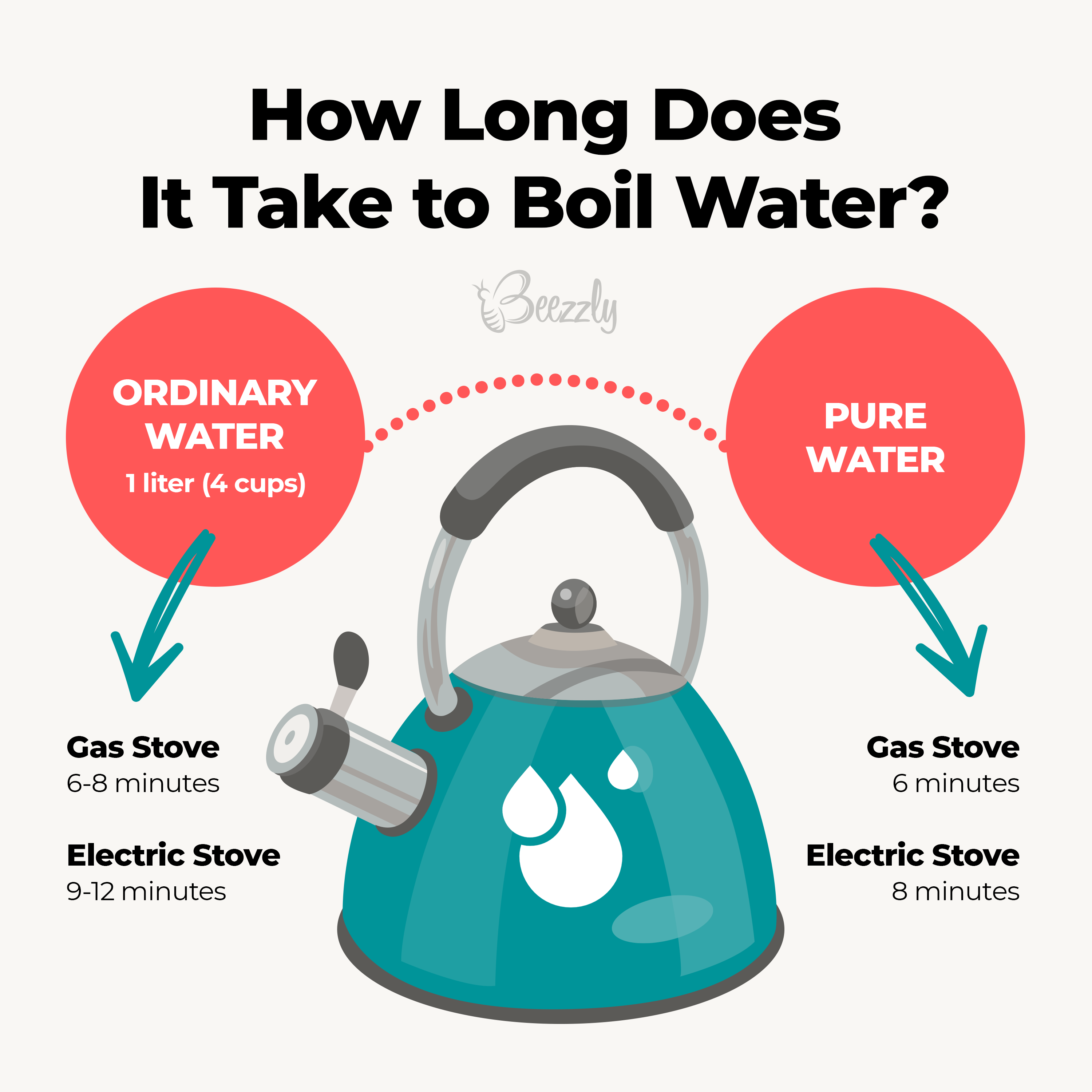Exploring the Factors Affecting the Cooling Time of Boiled Water
Boiling water is a common activity in our daily lives, whether it's for making tea, cooking pasta, or sterilizing objects. However, have you ever wondered how long it takes for boiled water to cool down to a drinkable or usable temperature? The cooling time of boiled water is influenced by various factors, including the initial temperature, ambient conditions, container material, and volume of water. In this article, we will delve into these factors and provide insights into the science behind the cooling process.
1. The Initial Temperature of Boiled Water:

The Initial Temperature of Boiled Water
The temperature at which water is initially boiled plays a significant role in determining its cooling time. The higher the boiling temperature, the longer it will take for the water to reach a comfortable temperature for consumption. Water that has been boiled to a higher temperature, such as 212°F (100°C), will take more time to cool than water boiled to a lower temperature, like 160°F (71°C).
2. Ambient Conditions:

Ambient Conditions
The environment in which boiled water is left to cool also affects the cooling time. In colder surroundings, the rate of heat transfer from the water to the environment will be faster, resulting in quicker cooling. On the other hand, in warmer environments, the cooling process will be slower. Factors such as room temperature and humidity levels can impact the overall cooling time.
3. Container Material:
The type of container used to hold the boiled water can influence its cooling rate. Different materials have varying thermal conductivity properties, affecting how effectively they transfer heat. For instance, a metal container may promote faster cooling due to its high thermal conductivity, while an insulated container might slow down the cooling process by reducing heat loss to the environment.
4. Volume of Water:
The volume of water being cooled also matters. Smaller volumes tend to cool down more quickly than larger ones. This is because a smaller amount of water has a larger surface area relative to its volume, allowing for more efficient heat exchange with the environment.
5. Understanding the Cooling Curve:
To better comprehend the cooling process of boiled water, it's helpful to visualize a cooling curve. This curve represents the relationship between time and temperature as the water cools. Initially, the temperature drops rapidly, but as time passes, the rate of cooling decreases. The water eventually reaches a point where the temperature stabilizes, indicating that it has reached equilibrium with its surroundings.
6. Comparative Cooling Times:
|
Initial Temperature |
Ambient Temperature |
Container |
Volume |
Cooling Time |
|
212°F (100°C) |
68°F (20°C) |
Metal |
500ml |
10 minutes |
|
212°F (100°C) |
68°F (20°C) |
Glass |
500ml |
15 minutes |
|
160°F (71°C) |
68°F (20°C) |
Metal |
500ml |
7 minutes |
|
160°F (71°C) |
68°F (20°C) |
Glass |
500ml |
12 minutes |
The time it takes for boiled water to cool down depends on multiple interrelated factors, making it a fascinating subject to explore. By understanding the influence of initial temperature, ambient conditions, container material, and water volume, we can make informed decisions about when our water will be ready for consumption or use. So, the next time you're waiting for that cup of tea or a pot of pasta water to cool down, you'll have a better appreciation for the science behind the process.